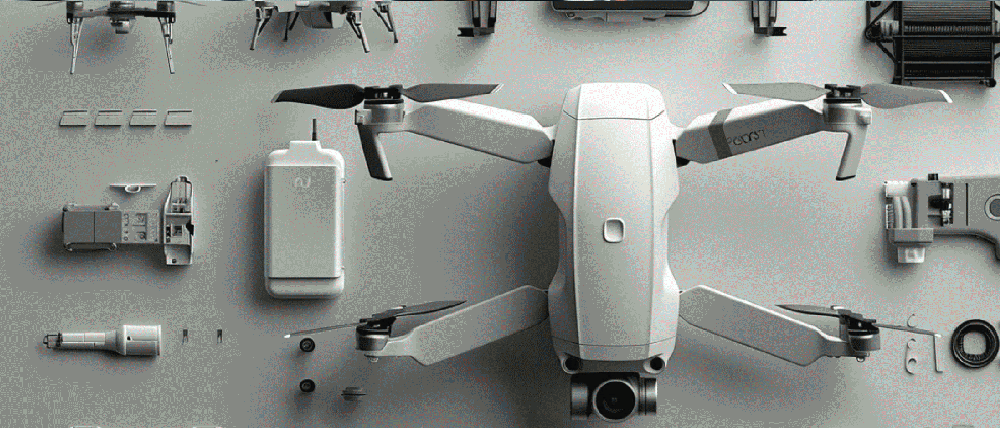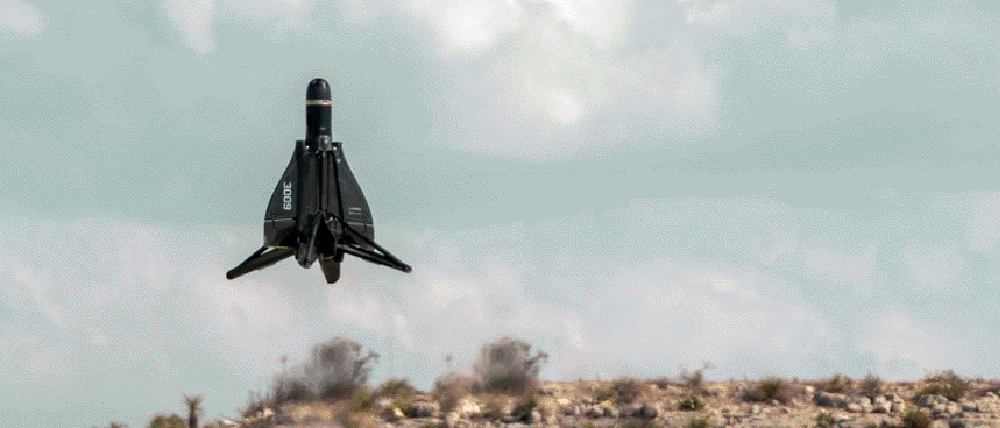
How Remote Operated Vehicles (ROVs) Generate Efficiency Underwater
A remotely operated vehicle (ROV) is an autonomous, unmanned submersible used in underwater missions. Highly maneuverable, low-energy, and equipped with advanced robotics and AI, ROVs streamline underwater inspections and provide new knowledge of the global oceans.
Here’s how remote operation vehicles make waves (pun intended) in maritime operations, the oil and gas industry, sea farming, and oceanography.
Top 3 Remotely Operated Vehicle Use Cases
Top-of-the-line ROVs have 4K resolution, wide lens cameras, and auto-color correction for crisp underwater imagery. Strong LED lights give visibility in murky environments. Some models may be tethered for communication with the operator, while others use AI-powered autonomous navigation.
Depending on the use case, a remotely operated vehicle can feature a robotic arm for contact manipulations, imaging sonar for 3D mapping and obstacle detection, plus onboard data processing units.
These characteristics make the following underwater operations possible.
Asset Inspections
ROVs can replace divers on tedious and dangerous underwater missions. In the oil & gas industry, offshore platform operators use ROVs to inspect for structural corrosion, cracks, and other deformations. Some models also have specialized ultrasonic gauges to detect thickness loss in pipelines or rinsers or perform weld seam inspections for signs of fatigue.
Petrobras uses a fleet of ROVs to carry out inspection, maintenance, and repair of underwater equipment along the Brazilian coast. TAQA Netherlands also deployed uncrewed surface vessels for integrity inspections of shallow water infrastructure in the North Sea.
Similarly, ROVs have become the go-to tool for routine inspections in the maritime industry. Offering faster turn-around and lower costs, remote-operated vehicles can be used for hull, rudder, propeller, and anchor inspections. Norwegian Coastguard recently enlisted a Blueye Robotics’ X3 ROV to run hull inspections.
Underwater Pipeline Surveying
Underwater pipeline leaks cost oil and gas operators millions in revenue loss and regulatory fines. ROVs can survey up to 25 km (15.5 miles) of underwater pipelines daily, helping operators manage maintenance. Specialized models with NDT tools can also detect early-stage pipe thinning for preventive strategies. And micro-ROVs can inspect pipelines from the inside through access points as small as 19-inch manholes.
Total Energies recently completed a pilot pipeline inspection program in the North Sea with Freedom AUV. The vehicle inspected over 120 km (75 miles) of submarine pipelines and 60km (37 miles) of near-shore pipelines for structural defects, with all data acquired in a single pass.
Sustainability Initiatives
ROVs have also become a staple in oceanography, helping scientists learn about marine life, pollution levels, and oceanic ecosystem trends. Besides data acquisition, they help drive meaningful change and offset environmental impacts.
Norwegian seafood producer Mowi increased its ROV deployments by 40% over the last year to support new initiatives for improved fish welfare. ROVs help remove dead fish from net pens, segregate jellyfish, and clean up harmful algae blooms. Thanks to the innovation, Mowi Scotland achieved a 96% superior-grade fish at harvest, while improving its animal welfare standards.
Chevron, in turn, deployed a pair of mini-ROVs — one providing visuals to the operator and the second doing the scrubbing — to clean underwater platform structures from unwanted marine growth. The compact ROV minimizes diver use and contributes to cleaner global waters.
Remote-operated vehicles also have dozens of other already feasible deployment scenarios and even more possible ones with greater adoption of AI-powered navigation systems. Some ROV use cases are currently limited by poor connectivity in the seas. At Bavovna, aim to solve this problem with AI. Compatible with both UAVs and ROVs, our INS brings the power of AI sensor fusion and autonomous navigation in GPS-denied environments. Learn more about our AI hybrid-INS system.



